Coca Cola (GmbH) were the German bottlers for Coke under the leadership of the CEO Max Keith. After the US entered the war in 1941 Max Keith couldn’t get Coca Cola syrup from America to make Coke so he invented a new drink out of the ingredients he had available to him and made it specifically for the Nazi market and the Third Reich. The drink was called Fanta.
Fanta was acquired by The Coca-Cola Company in 1960.
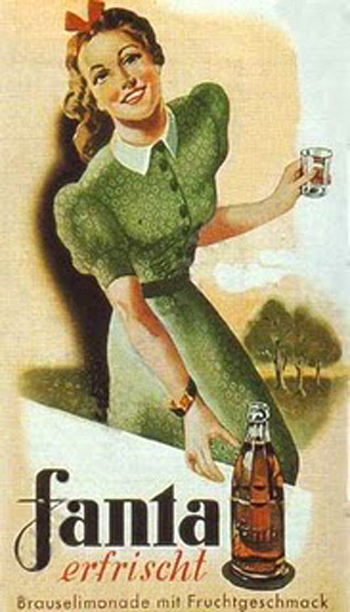
Old Fanta advertisement
Airplane spotter’s plane identification tips and hints on playing cards with Coca Cola advertising. These cards were prepared by Coke to “assist you in learning the characteristics of United Nations and Enemy Aircraft.”
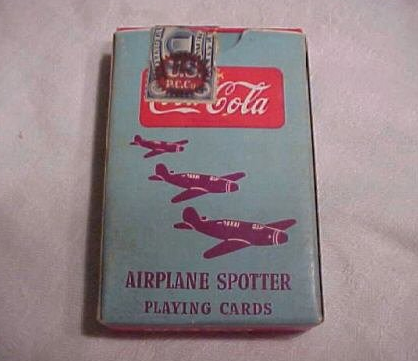
Coca-Cola airplane spotter cards
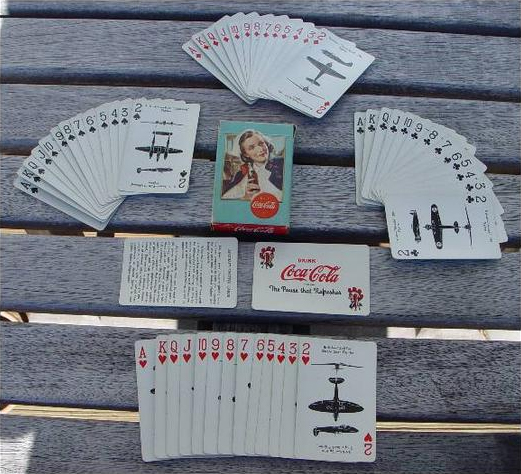
Coca-Cola airplane spotter cards 2
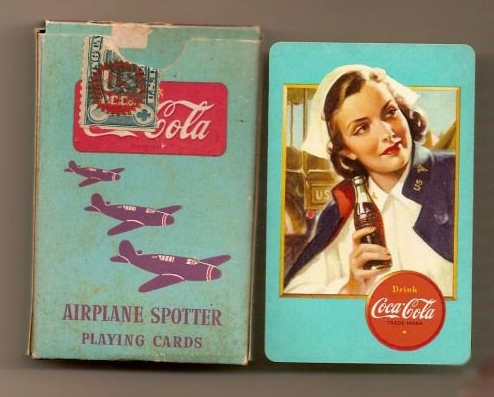
Coca-Cola airplane spotter cards 3
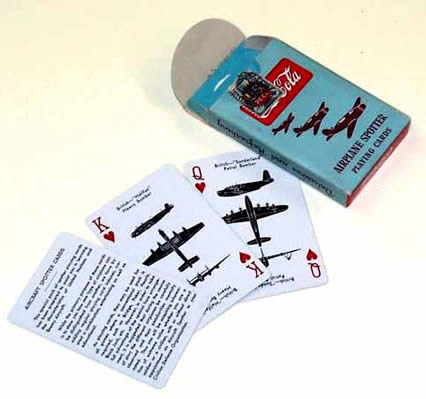
Coca-Cola airplane spotter cards 4
Spotter cards are still used by the armed forces today. For example, personality identification playing cards were recently distributed in Iraq in order to train soldiers to spot individuals such as Saddam Hussein.
Coca Cola was involved in the Second World War. In 1941, when the United States entered the war, Woodruff decided that Coca Cola’s place was near the front line.He sent an order to
“See that ever man in uniform gets a bottle of Coca Cola for 5 cents wherever he is and whatever the cost to the company”.
Coca Cola had not only lifted the spirits of the US Armed Forces, it had also introduced itself to new markets. When the war ended the bottling plants and a little bit of America stayed too.
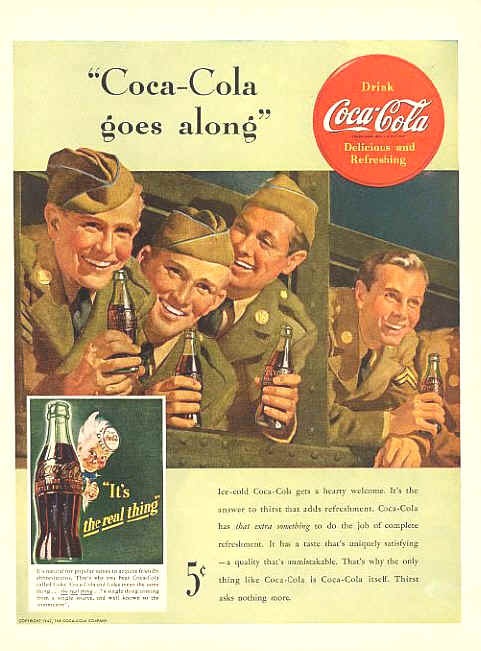
Coca-Cola goes along
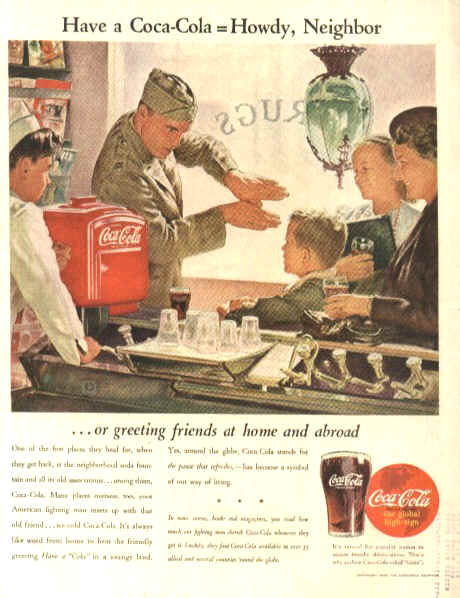
Have a Coca-Cola = Howdy, Neighbor
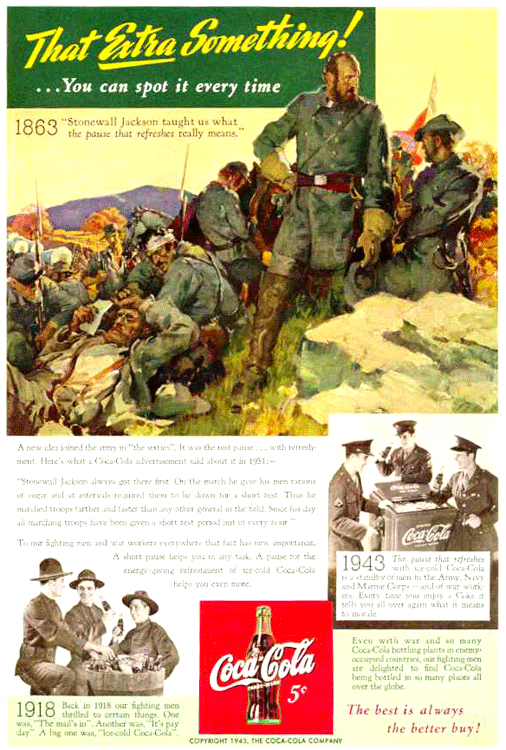
Coca-Cola Compares the Wartime experiences of Three Wars, c.1943
In 1925 Coca Cola made a lucky watch fob in the shape of a swastika with the slogan, “Drink Coca Cola five cents in bottles.” At that time, the Swastika was still a symbol of ‘Good Luck’. The watch fob is approximately 4cm x 4cm in size and is made of brass.
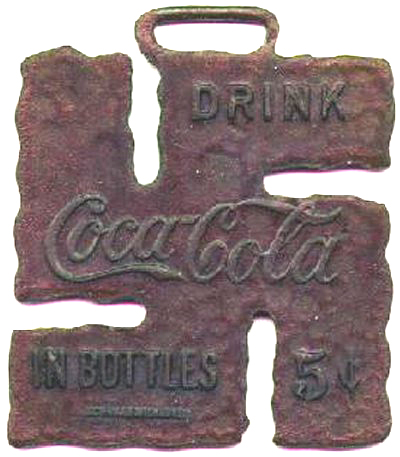
Coca Cola swastika
Robert Woodruff would spend 60 years as Coca-Cola’s leader introducing it to the rest of the world. Woodruff captured foreign markets with brilliant and creative campaigns, in one instance sending Coca-Cola with the U.S. team to the 1928 Amsterdam Olympics and in another, emblazoning the company logo on racing dog sleds in Canada. He even plastered Coca-Cola banners over the walls of Spanish bull fighting arenas.
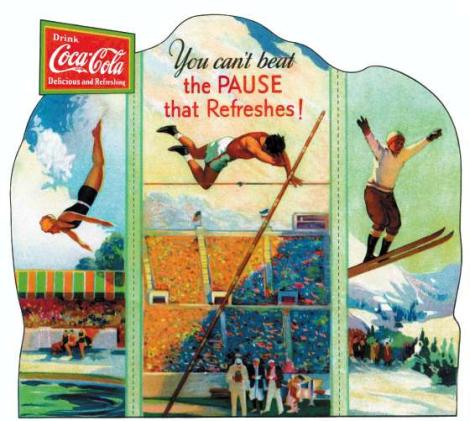
1928 Amsterdam Olympics
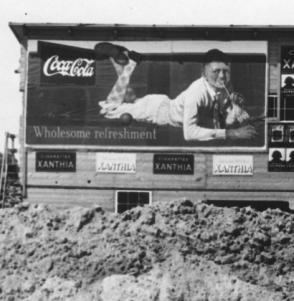
Poster at the entrance to the games
Coca-Cola allowed the use of its name and logo with a variety of non-soda items produced by outside manufacturers, such as candy and cigars. One such product was Coca-Cola chewing gum, a product that enjoyed some success in the early part of the 20th century. Eventually, though, Coca-Cola became more reticent about allowing the use of its trademarks with anything other than official company-sponsored products, especially when those products were of such low quality that they might reflect badly on Coca-Cola itself. Such was the case with Coca-Cola chewing gum, which by 1924 had so deteriorated in quality as to be an embarrassment to the company. Coca-Cola sought to remedy the situation by purchasing the nearly bankrupt chewing gum maker through an intermediary and quietly retiring the product.
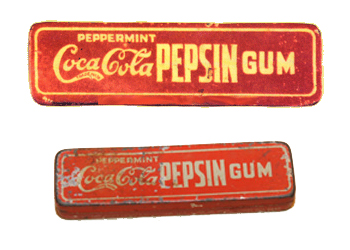
Coca Cola Pepsin Gum, 1912
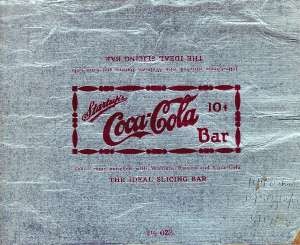
Foil Coca-Cola candy wrapper, 1925
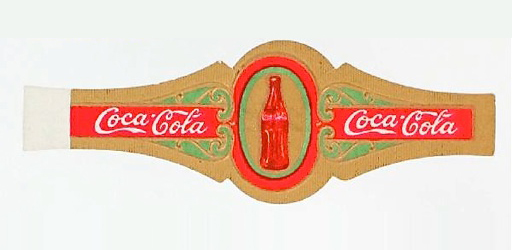
Coca-Cola cigars were sold in the open market, and given away at company banquets in the 1930's.
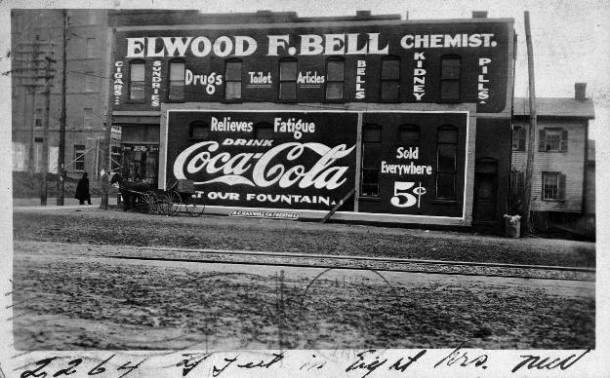
Elwood F. Bell, Chemist, office covered with Coca-Cola and other ads 1911
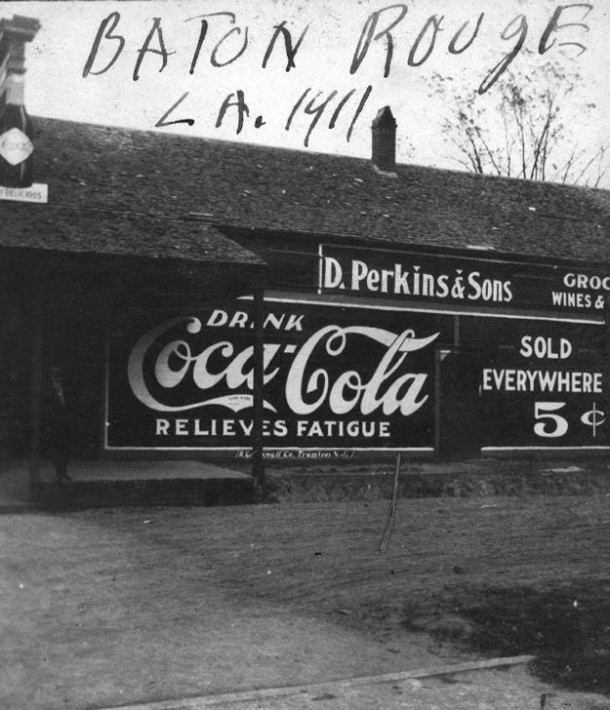
Covered roadside grocery store. Baton Rouge, LA 1911
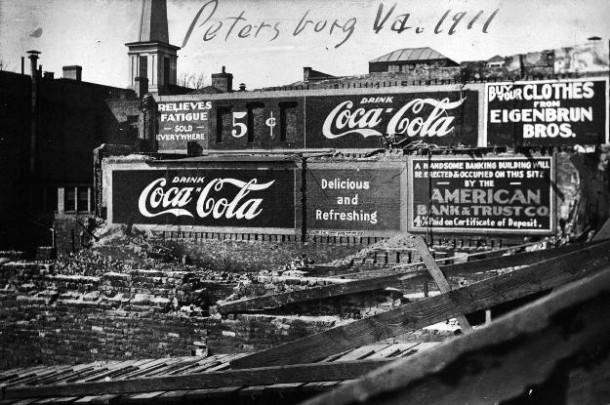
Covered building in ruin. Petersburg, VA 1911
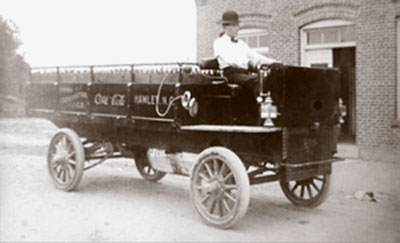
Coca-Cola truck from 1908
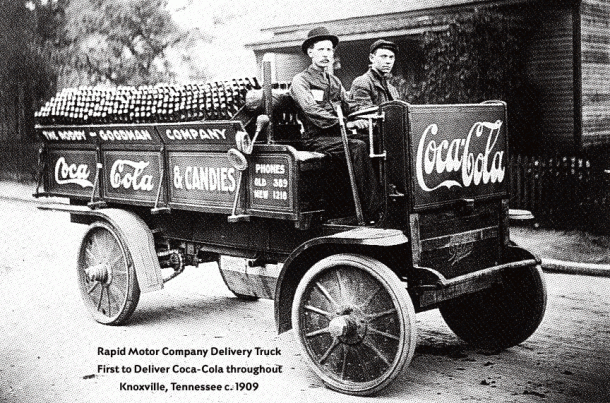
Rapid Motor Company Delivery Truck, 1909 First delivery of Coca-Cola to Knoxville, TN
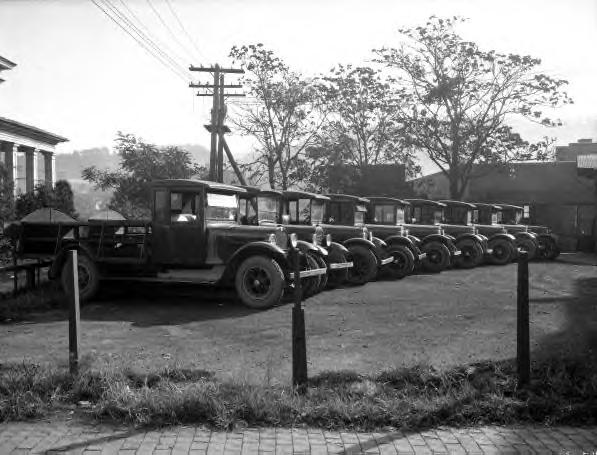
Coca-Cola, trucks, Asheville, NC c1920s
Turn of the Century Deposit Ticket for one Bottle of Coca-Cola, c.1903
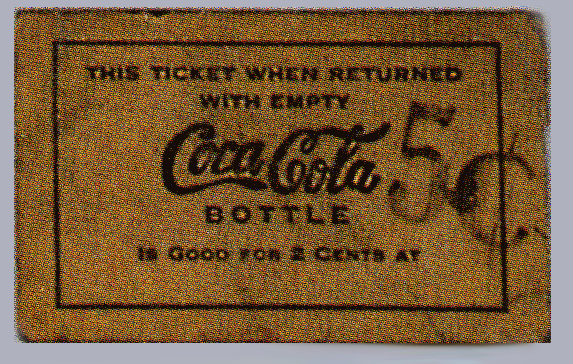
Coca Cola century deposit ticket
From 1904 to 1905, Lillian Nordica became the new face of Coca-Cola. Born Lillian Norton in 1857 in Farmington, Maine, Madame Nordica was also a singer who had performed with the Metropolitan Opera in New York, as well as in many major musical venues in Western Europe and Russia. Early calendars and other promotional items featuring the divas of the time not only launched the popular Coca-Cola Girls advertising platform but Clark and Nordica items had also become some of the greatest hits with vintage Coca-Cola collectors over the years.
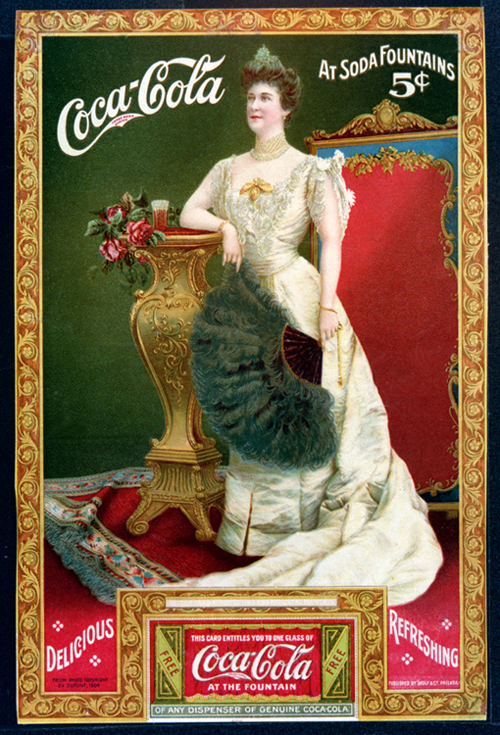
1905 Lillian Nordica Coca-Cola Ad with Coupon
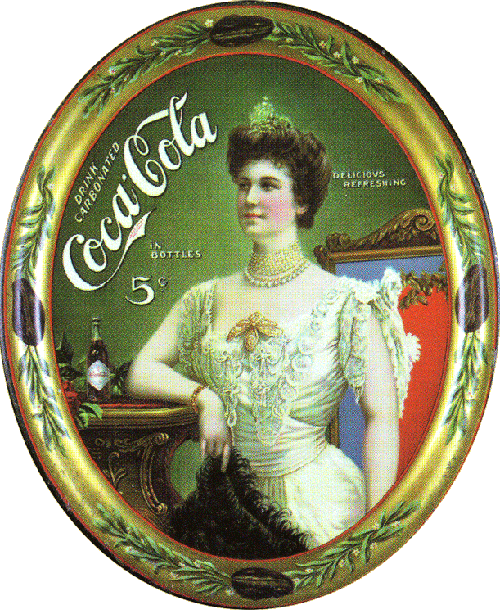
Lillian Nordica, Opera Star, c. 1905
























